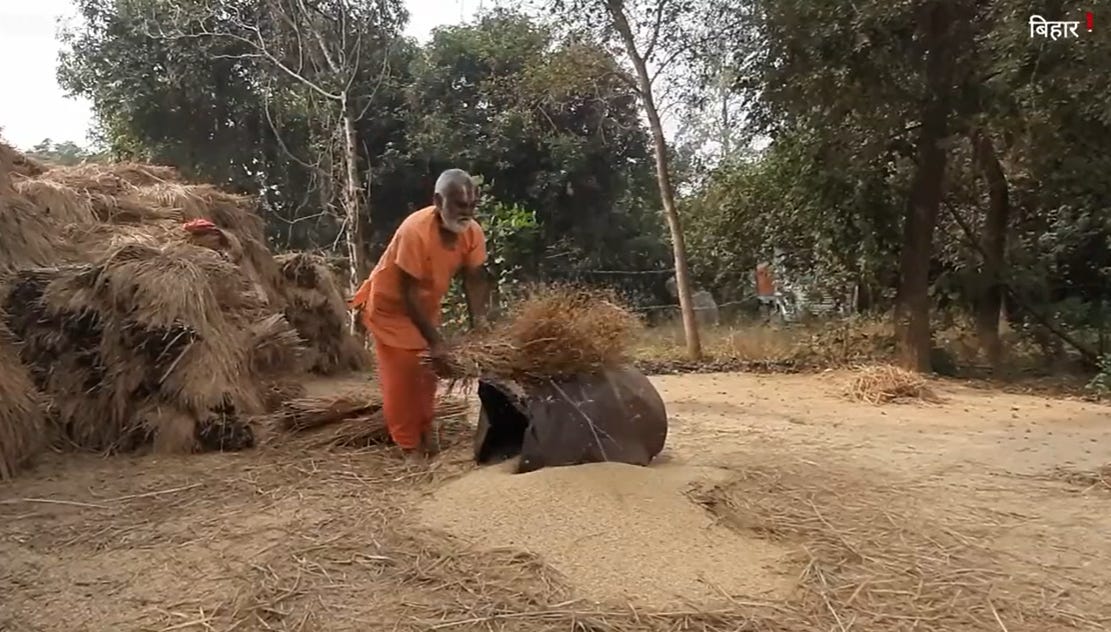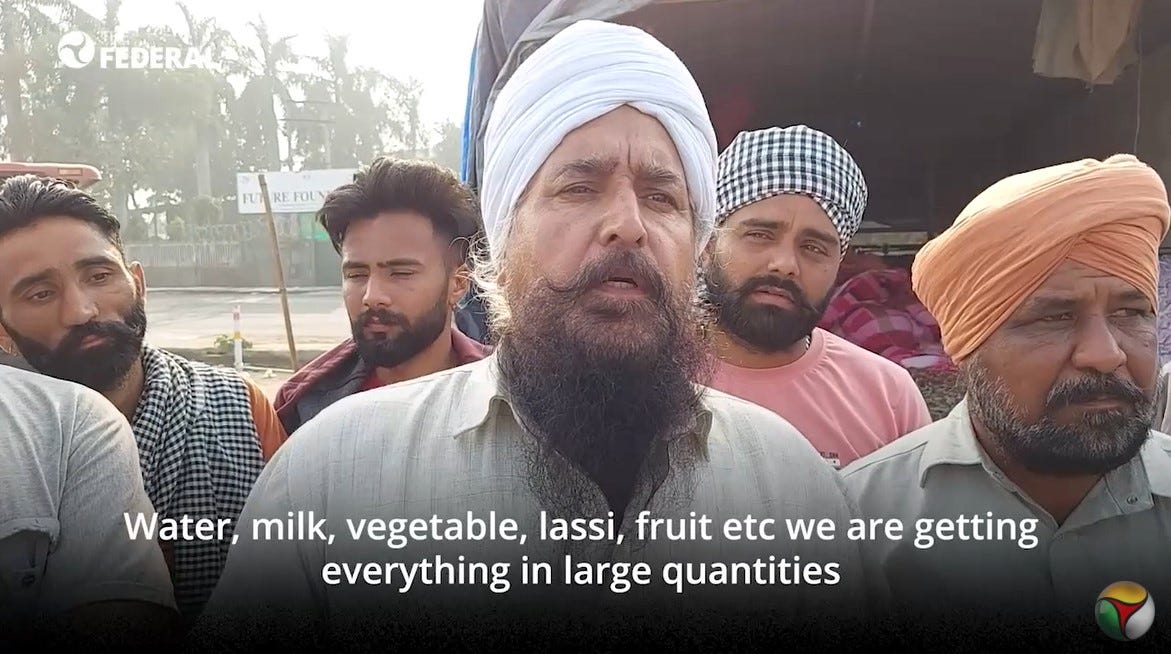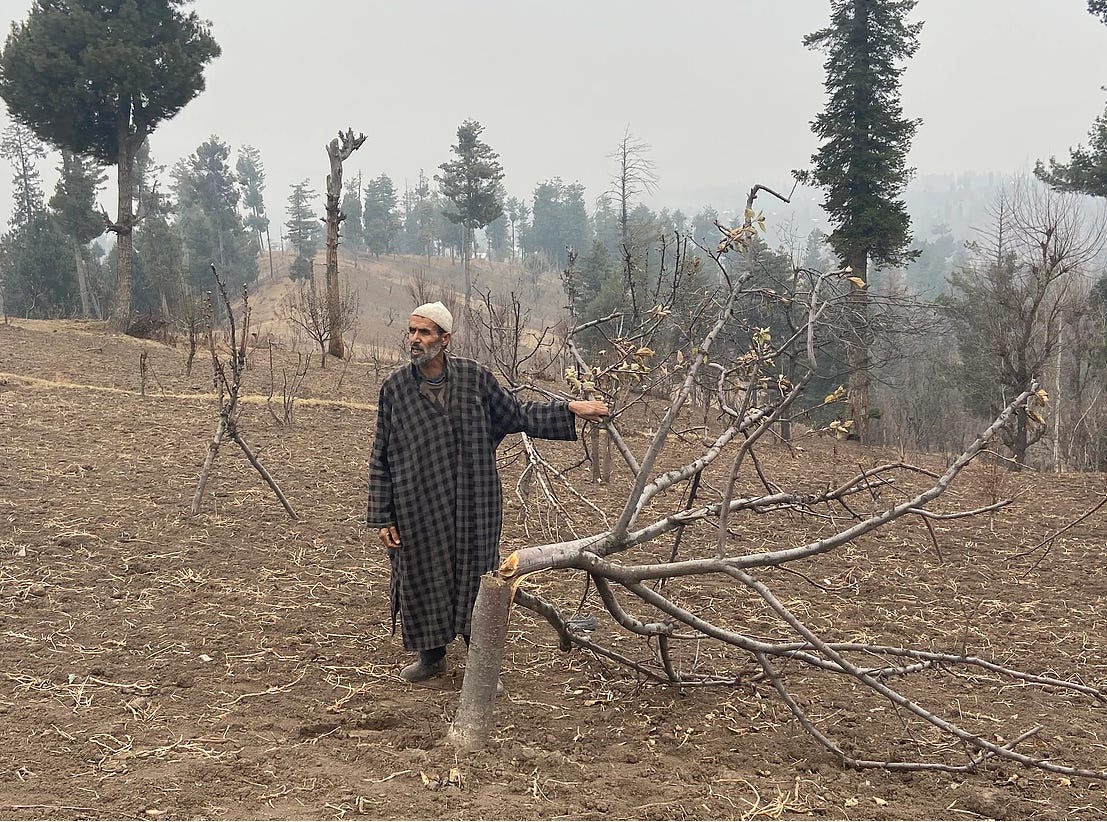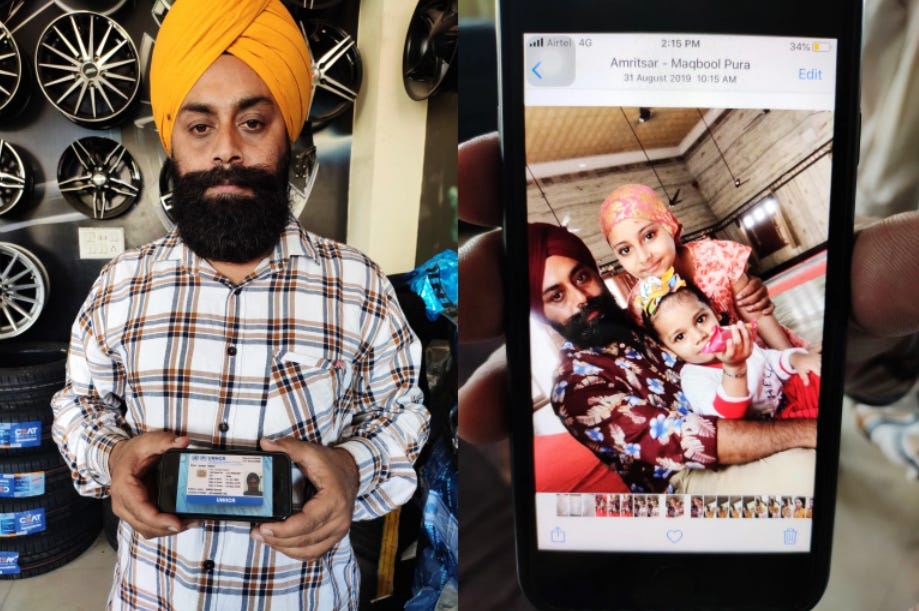An unfathomable scenario for most was Kashmir’s reality earlier this year. The news of the first COVID-19 case in the Kashmir valley didn’t reach everyone because the internet was shut down. For a while after the first case, people still didn’t know what the virus was. This is described in MIT Technology Review report of August 2020, which also elucidates on how India became a world leader in internet shutdowns, especially in conflicted zones, in an effort to limit and curb protests.
Per a 2011 Diplo report, a critical writer dissected some of the headlines calling “Internet access” a “human right” after Report of the Special Rapporteur on the promotion and protection of the right to freedom of opinion and expression by the United Nations Human Rights Council was released.
While the UN report nowhere mentions internet access being a human right in as many words, she observes, it can be taken as an implied conclusion. Internet, in the report, is underlined as a catalyst, an enabler to enjoy other rights. This was almost a decade ago, and our reliance on the world wide web has only escalated since. 2020 taking it to another level altogether.
Closer to home, at the In Old News Mobile Journalism Fellowship, some of our fellows are grappling with this firsthand. “Last year internet services were completely cut off in Jammu & Kashmir on August 5, hours before Article 370 were revoked by the central government and the region bifurcated into two union territories. Although 2G data internet services were restored in the region, the high speed or 4G internet connectivity still remains banned,” Sehar Qazi, a journalist based in Jammu & Kashmir, tells us. Sehar was in Delhi for work and she recollects how she felt when she returned home a few months ago. “I felt like I had entered a different world where I was not able to access my important mails, couldn't make a proper phone call and downloading anything was a far-off thing. While the rest of India enjoys the privilege of high-speed internet services, we are deprived of the same,” she adds.
She now travels 30 km to attend her fellowship sessions and to access mails and other internet-based things. Lack of internet can affect daily work, spotting opportunities and access to important information/news.
“Internet is a basic human right like any other one (education, health, etc). In current times everything is dependent on it. Kashmiris have been denied this basic right for the past 495 days now,” Safina Nabi, an independent journalist from Kashmir says. One could have still discounted access to the internet as an optional amenity, but the pandemic has changed that forever.
“In a situation like a pandemic, everything is accessible online: be it work, education, or health advisories. Kashmiri children, in such a situation, are not only away from schools but also from schooling and similarly, our health and other such things are taken for granted by a mainstream political party who are punishing Kashmiris collectively,” Safina adds. “Communication facilities are ‘misused’ by a few and Kashmir is no exception. But that doesn't mean that basic communication and internet facilities, enjoyed elsewhere as a basic right, should be denied to all the people in Kashmir. The state cannot punish the entire population indefinitely because of what you call ‘intelligence lapse’,” she wrote in a message over WhatsApp. A task she can complete in days now takes weeks because of the slow 2G network. Meanwhile, the rest of the country is on the verge of implementing 5G. Irfan Amin Malik, also a journalist and a fellow at the In Old News Mobile Journalism Fellowship, has had sleepless nights not knowing how he was going to work around the lack of internet.
“I was covering stories for Greater Kashmir. Usually, we would cover human-rights conflict stories. Whenever an incident took place, it was tough: first to go to a particular spot, then to file the story I have to go here and there. It was always difficult to find an internet connection.” Irfan tells us that since the abrogation of Article 370, they had no internet till December 2019. And even after, when the internet was “restored”, they could only access 2G.
“If I'm going somewhere or if I'm covering something, as a journalist, I would want to file a very good video story. But I'm not able to do that, because I'm not able to upload a video on 2G mode. Then I have to pay extra, maybe, to someone to board a vehicle, or to go to a particular place where there is broadband or fibre connection, and get my story delivered to the editor,” he says.
With 2G speeds, even getting basic work done is a challenge, and it also limits access to new platforms and mediums, Irfan says. “We want to keep pace with the trending atmosphere. Like we have a Facebook Live, we have Twitter, what we call Periscope…we have ample amount of platforms where we can share our stories live. But again, on 2G, we're not able to do that.” Employing the on-the-go internet tools like live-tweeting or live Story-ing from the place of the incident is impossible on a 2G network. Lack of internet also makes it difficult for Irfan to cover time-bound stories and find a way to publish them in a timely manner.
Like Sehar, Irfan used to travel 40 km to get a decent internet connection for 10 minutes.
Irfan was detained by the police in August 2019 in his town after the abrogation of Article 370. “They didn't give any specific reason. But it was just my past reporting on human rights conflict. My parents, the next day, went to the media facilitation centre in Srinagar to the protest and I was released the next day. It was only after a month, probably, I was able to see the stories on me, whatever was being reported on my detention due to the lack of internet connectivity. Otherwise, if the internet was working, once I was released, I could have tweeted at that point in time, or I could have shared a post that I was detained.” Given that internet is the medium for redressals and to unite a voice against mistreatment, the lack of it can be dangerous, and Irfan has faced that firsthand.
Even with the Mobile Journalism Fellowship, simple requirements like downloading apps and using them is a challenge for the lack of internet. The fellows have had to wait hours sometimes to download one app. On 4G, that download would have just taken minutes. School and college students, who have been instructed to take online classes to keep up with their curriculums through the pandemic, are in the same boat.
Prolonged lack of access to high-speed internet can limit individuals and organisations from connecting with their audiences and making the most of online opportunities. In the case of Kashmir, even though 2G internet has been restored, our fellows’ experiences show that it’s not the same as having high-speed internet like 4G. Things, like downloading an app or uploading a video or even accessing emails, cost much more time, energy and money; something 4G network users may take for granted.

Looking for a Good Camera Phone? Here's Where You Can Begin Your Search
Given how we are perpetually glued to our smartphones, the fact that we invest an uncanny amount of time and energy in selecting it makes complete sense. Be it the functionality, good looks, striking features or a fancy logo on the back cover, we all hold our devices as an extension of our being. But it’s almost the end of the year so, it’s time for the ‘Best in Year’ truth bombs to start dropping.
Tech YouTuber Marquees Brownlee held the giant blind smartphone camera test for the third time this year. It’s a strictly non-scientific, crowdsourced virtual polling event where 16 phones from the year past go into a poll-war on social media where pictures clicked from each of these phones are pitted against each other for users to vote from for a winner to emerge.
If you’re thinking your latest iPhone, Google Pixel or OnePlus is going to reassure you that you’re holding the phone with the best picture taking capacity...you’re in for a surprise. Mi 20 Pro took the title in 2018 and Samsung Galaxy Note 10+ in 2019: it’s anybody’s game, really. The result for the best smartphone camera through a blind test is in for this year too. Now, we could tell you who the winner is but that would spoil the fun of this video that, besides the winner, is also packed with some very interesting insights:
While we all want to own the best, what really is the best? With the market flooded with options in every price range and brands beating each other in the race to pack as many features as possible in a competitive price, we’re, in fact, spoilt for choice.
If you’re hooked like us, here are the result videos from the last two years:
YEAR 2019:
YEAR 2018:

Our fellows are practising their MoJo skills on the field, creating spellbinding and effective stories that are finding a place in prominent publications. Here are the highlights of the week:
Watch Seetu Tiwari's report on how the disappearance of wholesale markets for agricultural produce affected the livelihood of farmers in Bihar in BBC Hindi. Farmers say that the scrapping of the Agricultural Produce Market Committee (APMC) a board established by state governments in Bihar to prevent exploitation of farmers may have done more harm than good.

In Old News fellow Kapil Kajal covered the farmer protests for The Federal in Delhi. For weeks farmers have been protesting against regulations from the government they say will make it impossible for them to make a living. Kapil went to see how they've managed to sustain the protest for long and learned that the protestors are prepared to stay for months if they have to.

10,000 apple trees were cut down by the forest department in Jammu and Kashmir. The farmers affected by the decision were mostly Gujjars and Bakarwals, communities that are recognised as scheduled tribes and "forest dwellers" under the Forest Rights Act of 2006. Safina Nabi, an In Old News fellow, reported on the case for Article 14.

4. It's been a year since India's BJP government announced the Citizen Amendment Act. 31,313 eligible refugees have been waiting for years to gain Indian citizenship, and the passing of the CAA hasn't changed that. In Old News fellow Srishti Jaswal reports for AlJazeera English. Photos in this piece were shot on the phone.

ABOUT THIS NEWSLETTER
This newsletter is an attempt to keep up and share all the latest and greatest stories in media and how they get done. Read about it here: About In Old News-Letter
And if you were forwarded this newsletter, here’s how you can sign up to get the latest editions as they come out!
